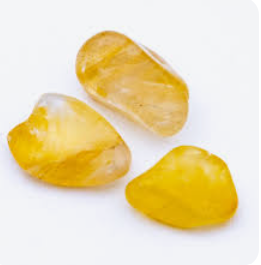IUPAC Name
(4aR)-1,4a-dimethyl-7-propan-2-yl-2,3,4,4b,5,6,10,10a-octahydrophenanthrene-1-carboxylic acid
Cas Number
8050-09-7
HS Code
3806.10.00
Formula
C20H30O2
Appearance
Pale Yellow Cristal
Common Names
Gum Rosin Grade WW
Packaging
80 DRUM (240 kg) TOTAL N.W 19200 kg
Brief Overview
Gum Rosin Grade WW is a resinous substance derived from the oleoresin of pine trees, predominantly sourced from species like slash pine (Pinus elliottii) and longleaf pine (Pinus palustris). The resin is obtained through a process called tapping, where living pine trees are strategically wounded to allow the exudation of resin. This grade of gum rosin is characterized by its exceptional clarity, presenting as water-white or pale in color.
Gum Rosin is produced from the crude pine resin collected from pine trees. The resin is subjected to distillation and the distillation process is carried out in large copper stills. The volatile liquid terpene components would separate from the mixture as it vaporizes at a temperature between 100 to 160°C, leaving behind fluid rosin as the distillate. This fluid rosin is collected and purified by passing it through straining wadding. The condensate left behind is called turpentine oil.
Adhesives and Glues
Gum Rosin Grade WW is a crucial component in the formulation of high-quality adhesives and glues used in woodworking, packaging, and construction. Its water-white clarity and adhesive properties make it valuable in ensuring strong bonds.
Printing Inks
This grade of gum rosin plays a pivotal role in the production of printing inks. Its transparency and adhesive characteristics contribute to ink adhesion, viscosity control, and efficient drying on various surfaces.
Rubber Industry
Gum Rosin Grade WW is employed in the rubber industry as a softening agent. Its use enhances the flexibility of rubber compounds during the manufacturing of diverse rubber products.
Paints and Coatings
In the formulation of paints and coatings, Gum Rosin Grade WW acts as a binder. It provides adhesive properties, contributing to the formation of a durable film on surfaces and enhancing the overall quality of coatings.
